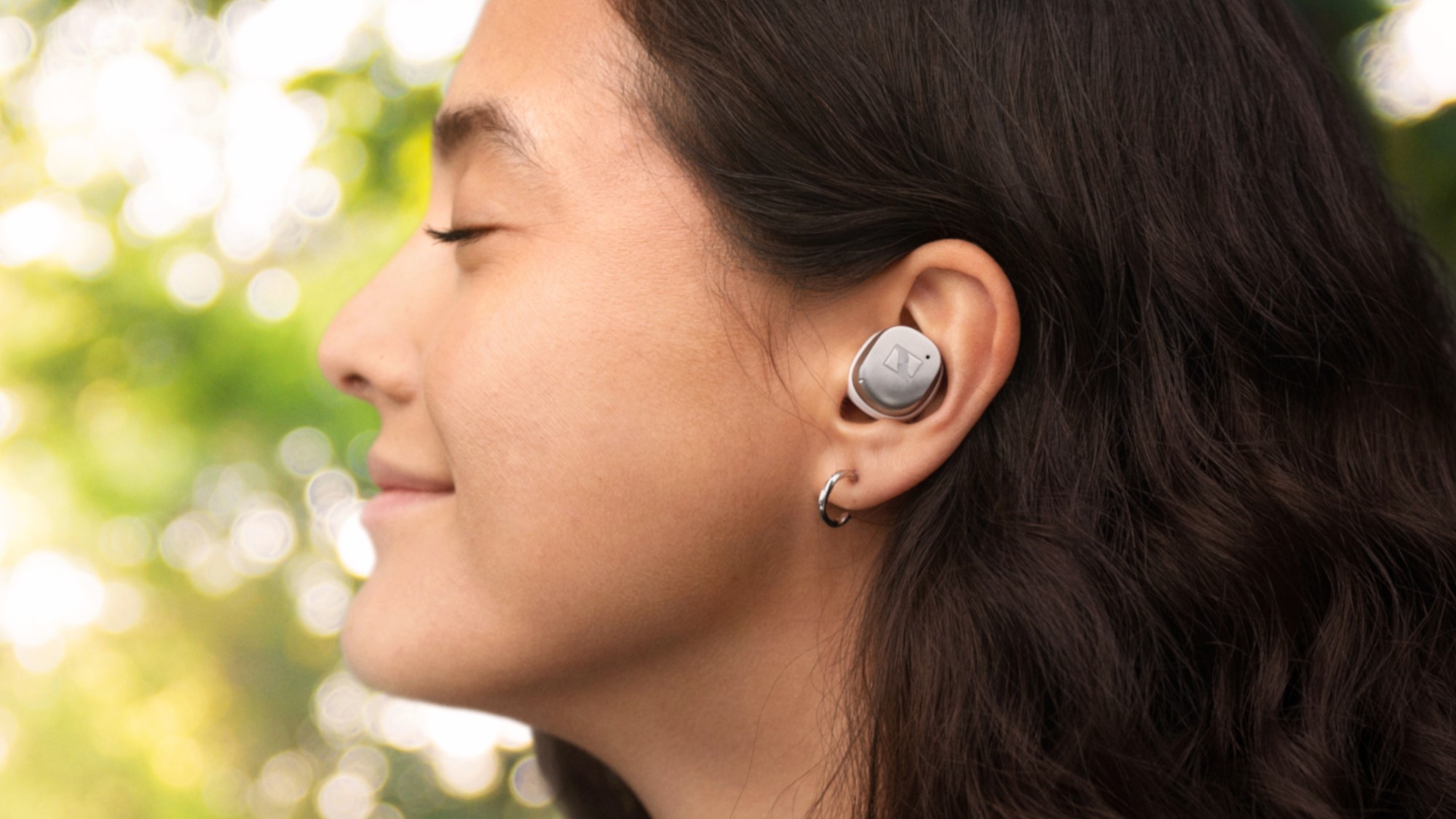I’ve run hundreds of miles on treadmills — and these are the only 3 I’d buy
From the treadmill packed with classes, to the affordable option worth considering
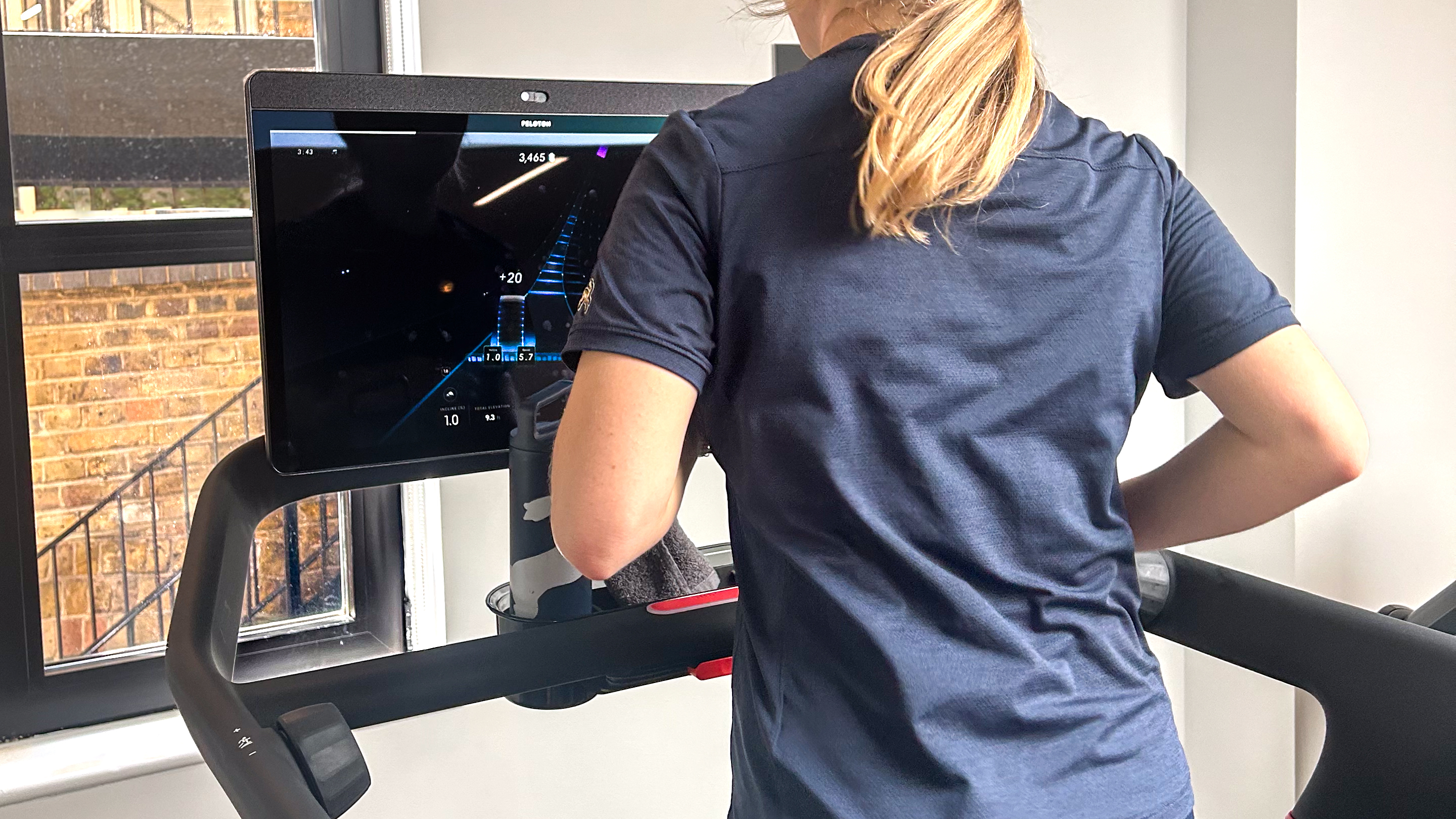
I’m a fitness editor and marathon runner who has spent the past decade writing about the best treadmills. There’s a ton to choose from, but here are the three I’d consider moving into my home.
A treadmill is a significant investment, so you want to ensure you’re choosing the right one for your training. The right treadmill will weather-proof your marathon training plan, and allow you to run when the baby naps. The wrong treadmill will become an expensive place to hang clothes.
Along with my team of expert testers, I've picked the top three best treadmills to consider. Personally, if I had the room, I'd install the Peloton Tread in a heartbeat. However, I've also found a more affordable option, suitable for those who prefer walking over running.
My favorite treadmills
Why you can trust Tom's Guide
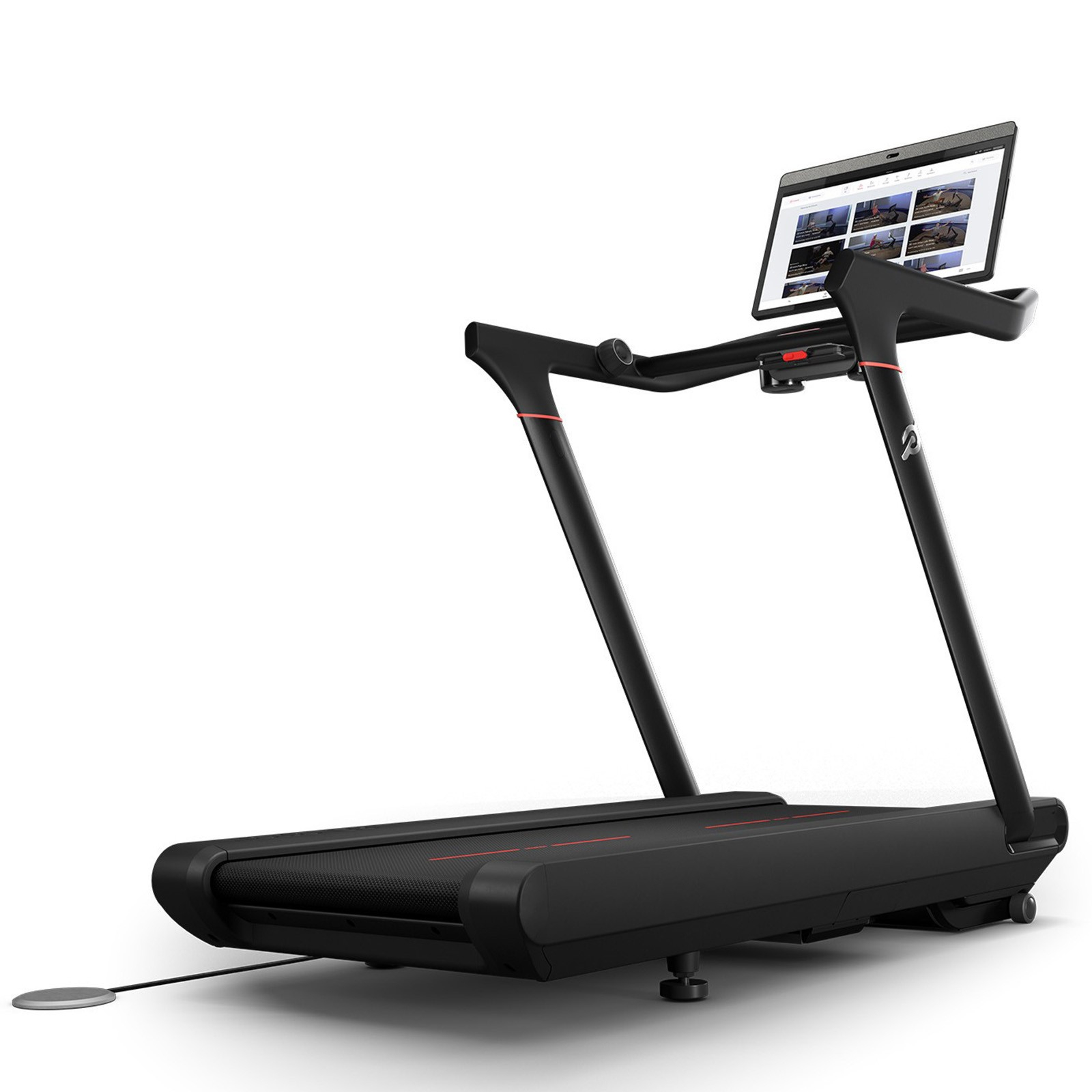
The Peloton Tread is our top pick for runners who want the motivation of live classes. Treadmill running can be boring, and the Peloton Tread solves this problem. The belt itself is quiet and seriously comfortable to run on, and if you can afford it, this is a great pick.
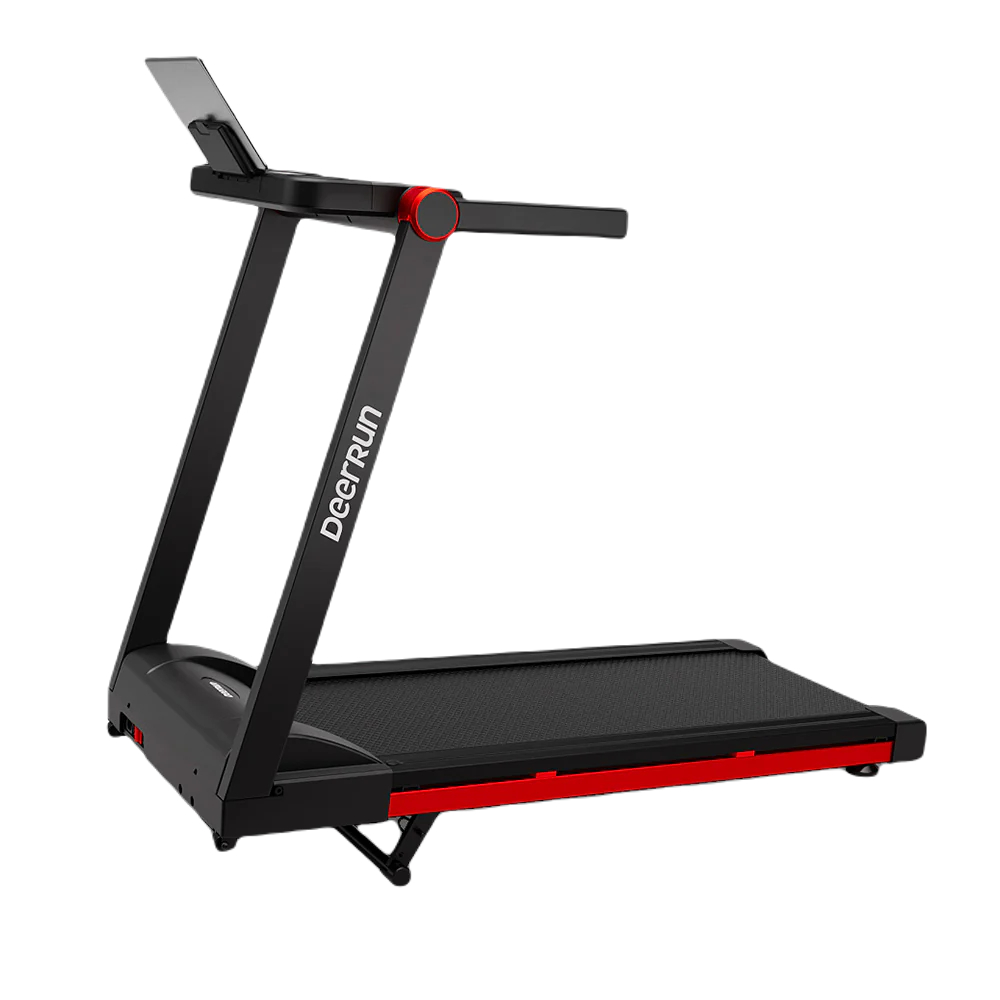
If you don’t want to spend thousands of dollars, the DeerRun A1 Pro is the best pick for affordability. It’s a great value, it has a decent top speed, and it folds when you’re not using it, which is great if you’re short on space.
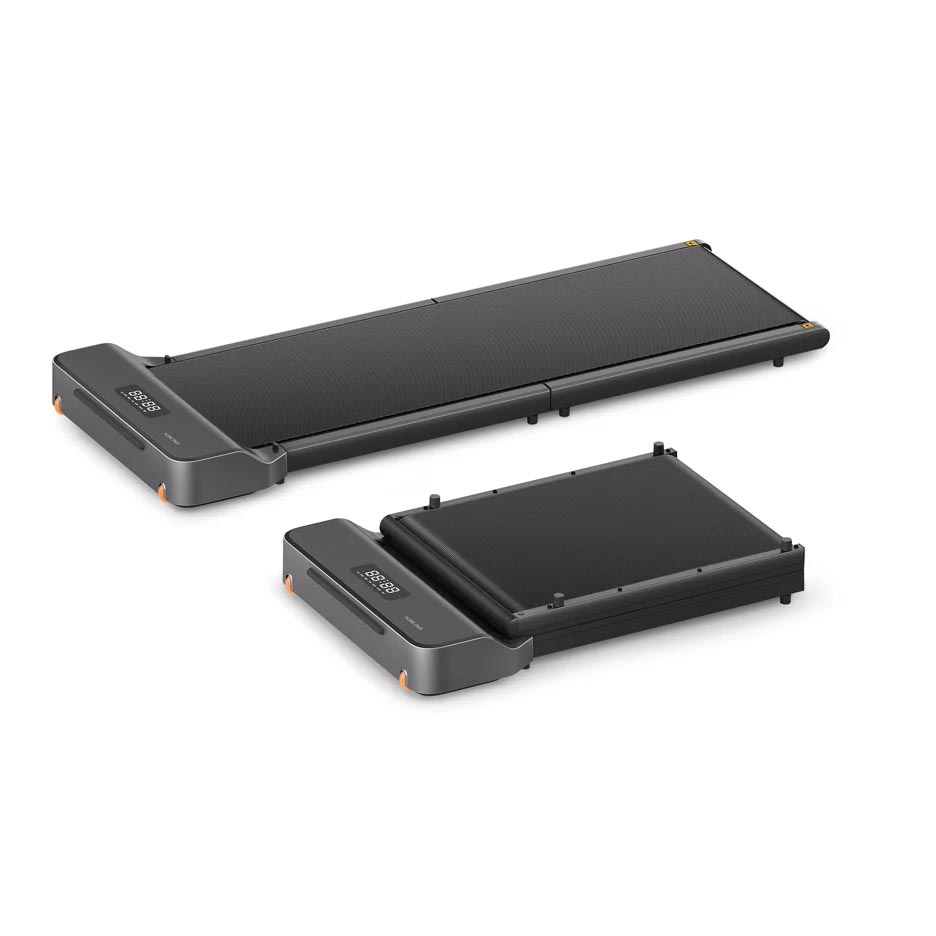
Ok, so you definitely can’t run on this one, but walking treadmills are all the rage right now, as they’ll help you keep tired legs moving while you work. I’ve tested most of the best walking pads on the market, and the WalkingPad Z1 is the best of the bunch, plus it folds in half to save space.
How to choose the best treadmill for you
When choosing a treadmill, it’s easy to get lost in high-spec screens and powerful speakers, and forget about what’s important — how comfortable it is to run on. Here’s what matters when shopping for a treadmill, and what you shouldn’t worry about quite as much.
What to look for in a treadmill
Top speed
This might sound obvious, but it’s super important, especially if you’re hoping to use the treadmill for speed sessions. A lot of the time, the treadmill will put its top speed in miles, or kilometers per hour, so take a second or two to convert this into a mile-per-hour running pace.
I’d probably avoid anything that has a top speed of 8 miles per hour. You’ll also want to look at incline too — most treadmills will have a top incline of 10-12%, which is more than enough for most runners.
The size of the belt
Again, it might seem obvious, but if you’re a taller runner, you’ll want to measure out the size of the belt to ensure you can comfortably stride out on it.
Installation restrictions
Treadmills are a nightmare to install — they’re heavy and fiddly, and not designed to be moved once they are in situ. If you live in an old building, you might want to think about the weight of the treadmill (plus the weight and impact of you running on it).
I live in a Victorian cottage, and the Peloton delivery guys wouldn’t install the treadmill upstairs, as they said they couldn’t guarantee it wouldn’t come through the ceiling mid-run. Something to think about.
Built-in features
Talking of Peloton, think about what you want to get from the treadmill. If you want to run and watch Netflix, you probably don’t need to fork out for a treadmill that prides itself on classes.
Safety features
As someone with a toddler and a dog in my house, safety is a huge priority when testing a treadmill at home. Look for treadmills with folding belts, safety keys, and passcode unlocks to keep everyone safe.
Companion apps
Again, this might not be something you’ll worry about if you just want to clock your miles and jump off, but I always tell people to download and try a couple of Peloton classes before buying the Bike or Tread to see if it’s for them. You’ll soon know.
What not to worry about when shopping for a treadmill
Fans
They are never very good — you’re better off putting your treadmill near a window, or just moving your tower fan next to your treadmill when you’re running on it.
Alternatively, you can buy one of these fans attached to a clamp for about $30 on Amazon. An affordable solution if you don't want to drag a fan around the house each time you go for a run.
Screen spec
A perhaps controversial opinion, but I’ve never cared about the specs of the screen on my treadmill. It’s not a television, it’s something to run on when the weather is gross. One thing I’d care more about is whether the screen rotates, if I wanted to take built-in classes next to the treadmill, but even then, I’m not sure this is a game-changer.
Cup holders
When was the last time you drank from your Stanley mid-run? Most of the time, it’s just somewhere to store your phone.
Speakers
Again, they’re never very good, they’re always a bit tinny, and 99% of the time, you’ll use your headphones anyway. If a treadmill does have live classes, Bluetooth connectivity is vital, and extras like syncing to your running watch are definitely a plus.
How easy it is to reach the controls
This is something brands always shout about, and sure, it can make a difference, but it’s not the be-all and end-all. By design, all treadmills will have a screen that’s close enough to change the pace quickly.
Best treadmill for classes
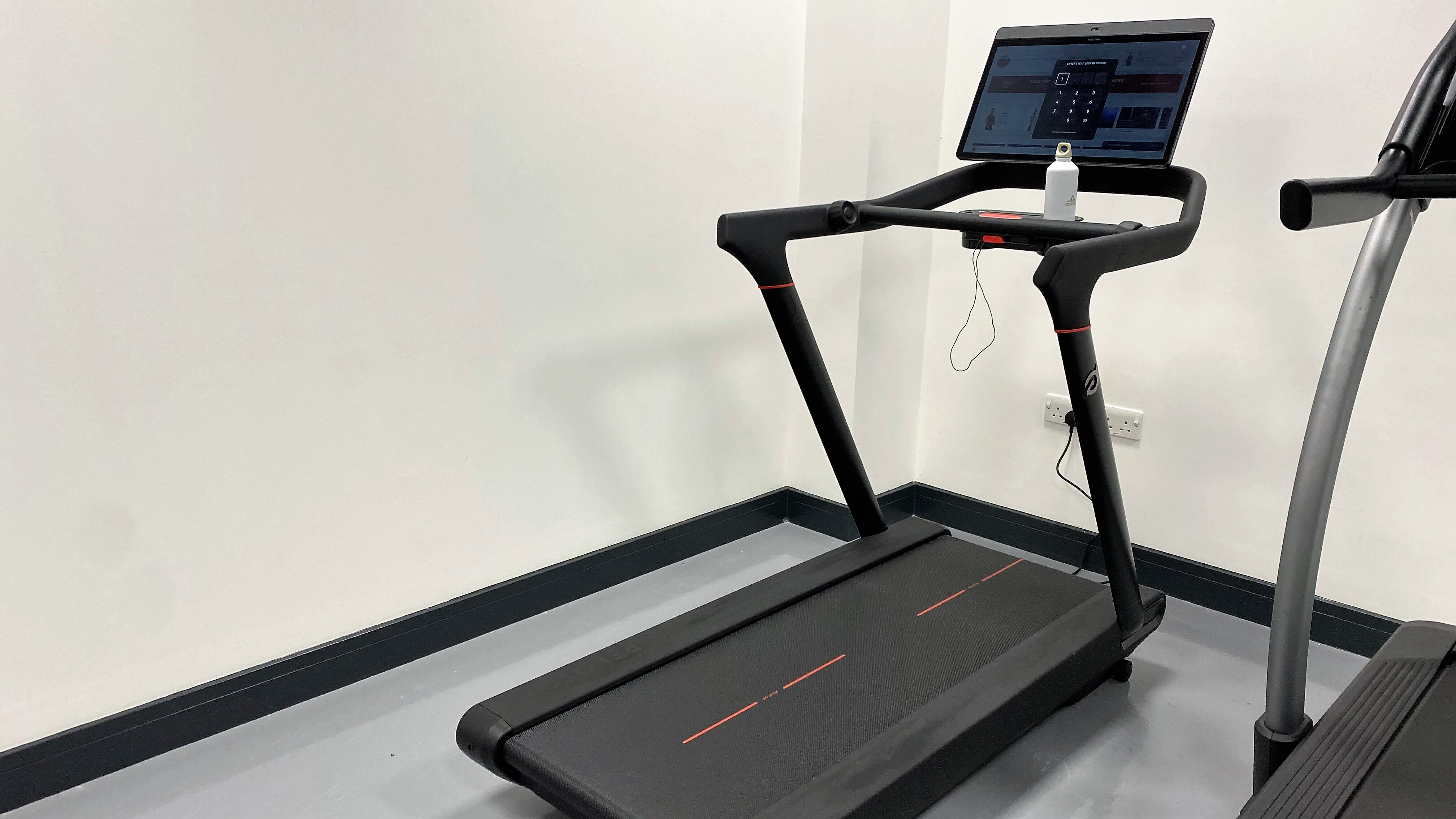
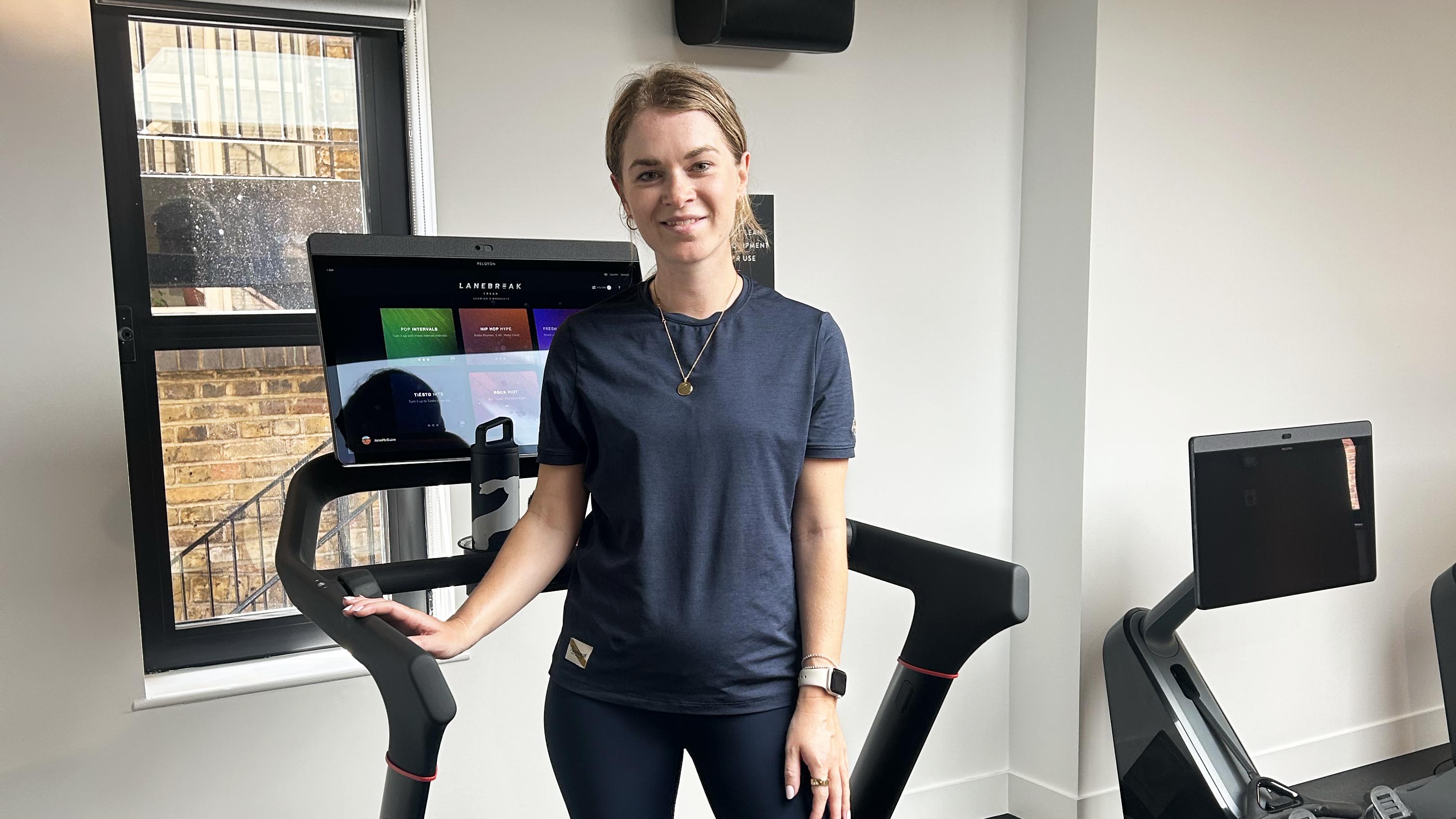
1. Peloton Tread
Our expert review:
Specifications
Reasons to buy
Reasons to avoid
The Peloton Tread is by far my favorite treadmill, ever. It's like having a running coach, DJ, and group of running mates in your living room. Plus, if you are installing a treadmill in your living room, this one is nicer to look at than most treadmills, and has a pretty neat footprint.
Although I told you not to care about it, the large screen is great to use, especially as you'll spend most of your time watching classes when running on this tread. It has a 23.8-inch touchscreen display, although you can't rotate it to the side like you can on the Bike+, which is a bit of a bummer if you want to do your cool-down stretch next to the tread.
Another thing I told you not to care about is the control knobs on the machine arms. I stand by my prior statement — these aren't a deal breaker, but they do make it easy to quickly change the intensity. That said, you can completely ignore them and let the instructor change the intensity of the treadmill for you if you wish.
I found the treadmill comfortable to run on and relatively quiet. The machine's footprint is pretty small, but you don't feel like you're being confined by it, and you can pick up the pace when you need. It's got a decent top speed and incline, and most runners will get an awful lot out of this machine.
With Peloton, however, you're buying a bigger package, and all that coaching comes with a monthly cost that might put some runners off. The Peloton All Access Membership will set you back $44 per month, although that does cover multiple users, so everyone at home can use it.
You don't have to take classes on the treadmill — there's your usual running modes where you can follow trails around the world, or cool games like Lanebreak, but the classes are Peloton's bread and butter, I, personally, found it super motivating, but if you'd prefer to just listen to your podcast and stick to your training plan, or watch Netflix while you run, don't spend thousands of dollars on this treadmill.
I've tried most of the 'Peloton dupes' on the market, and as far as virtual coaching goes, it's the best of the best in my opinion. There's a huge variety of instructors, with daily live classes and thousands of runners on leaderboards to high-five along the way. It's a community, and you only need to head to the waiting pen of a major marathon to know that community is what running is all about.
My Tom's Guide colleague, Mike Prospero, also tested the Peloton Tread+ — the brand's larger, much more expensive treadmill. The experience isn't radically different, but you get a more immersive display, better speakers, increased incline, and a longer slatted running surface. I'd personally save your money and invest in the Peloton Tread. See you on the leaderboard.
- Read our full Peloton Tread review
Best affordable treadmill
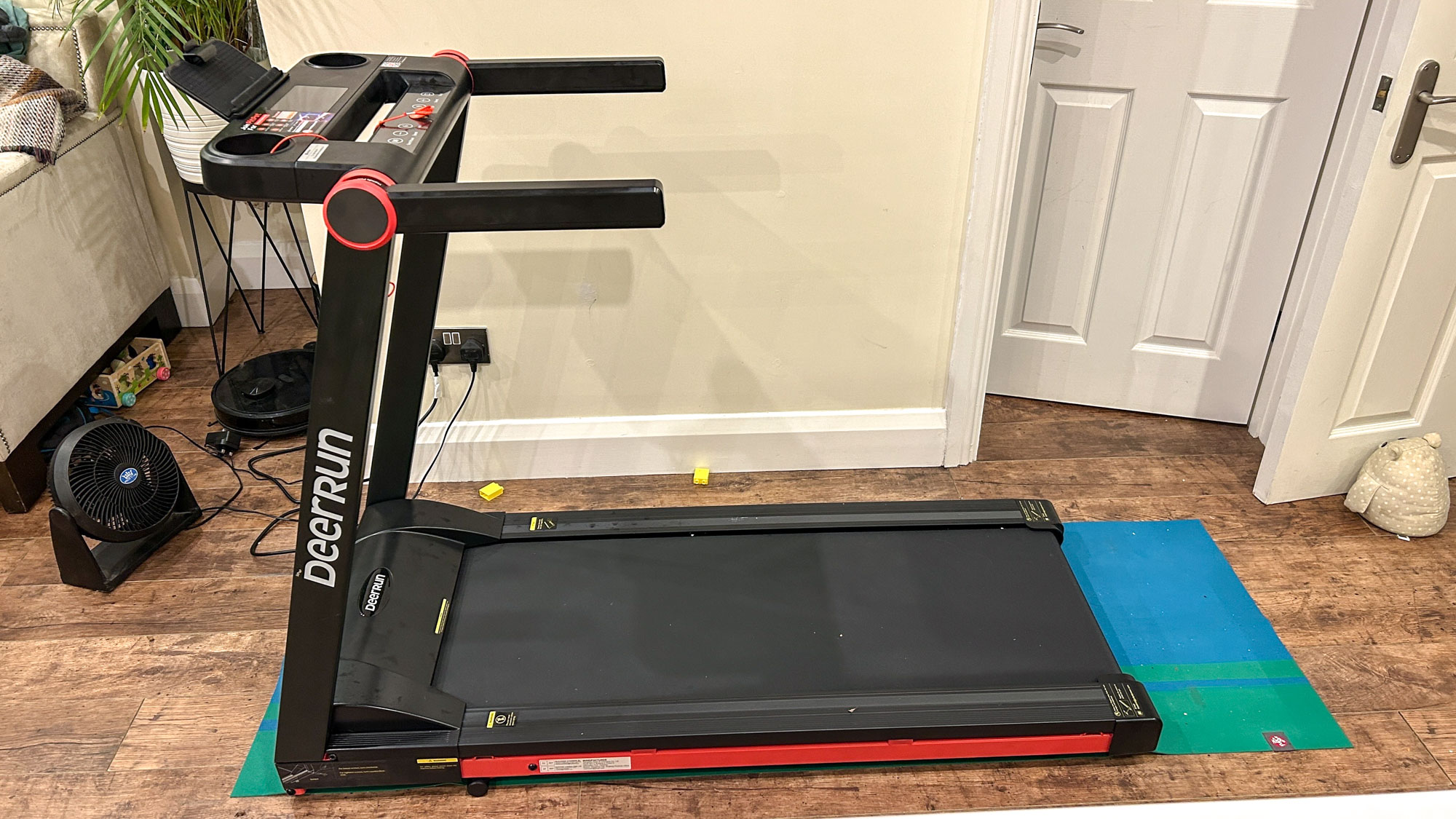
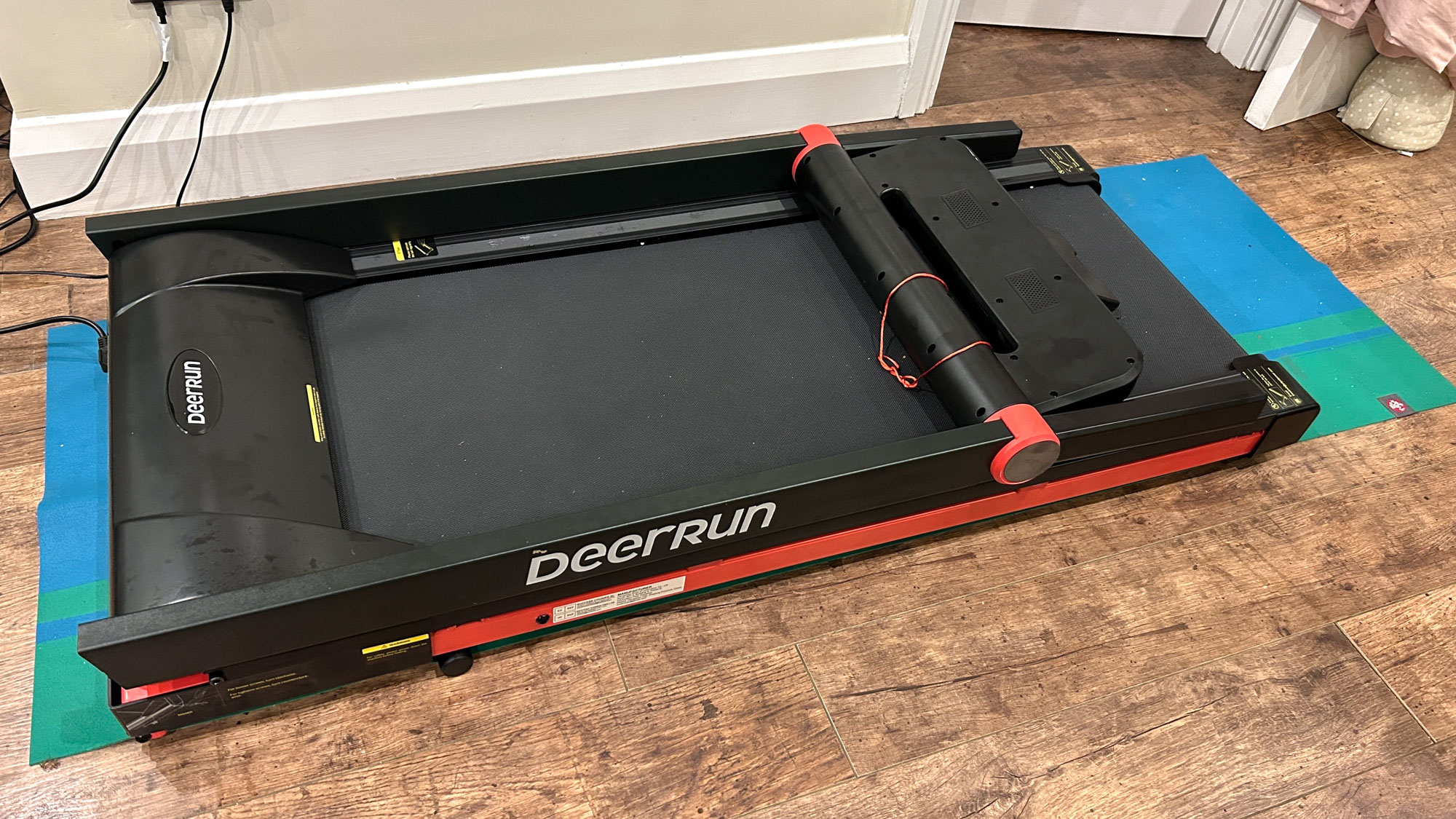
2. Deerrun A1 Pro
Our expert review:
Specifications
Reasons to buy
Reasons to avoid
I don't need to tell you that the world is getting more expensive, and if you're a runner who just wants a basic treadmill to clock some miles on when the weather is rough, I see you, and I hear you. Running is a sport that's, on paper, free, but it's anything but by the time you've got the gear and signed up to the race, and for that reason, the Deerrun A1 Pro has made it onto this list as my affordable pick.
It's incredibly cheap, with a RRP of $459, not to mention the fact that I’ve regularly seen it in sales for under $300. If you're a newer runner, you're looking for a machine to use occasionally, or you need a treadmill you can fold away because you've got kids or animals in the house, you can't go wrong here.
My colleague Nick is the serious runner on the team — he's a 2:25 marathon runner, and the kind of guy who looks at the wind direction before a marathon. He's also 6 foot 1, so needs a treadmill that'll accommodate his ridiculously fast stride. He installed this machine in his home for several weeks and was impressed, given its low price. The belt runs smoothly even for extended periods at its top speed of 10mph, and the treadmill folds flat to make it easy to store either upright or underneath a couch.
There are downsides, which you’d expect at this price. The running belt is small, and Nick felt cramped when running at the higher speeds available, and the incline has to be adjusted manually. The partner Pitpat app is also pretty terrible, and you have to use an Allen key to fold the machine up, which does defeat the point somewhat, if you're looking to get it out of the way quickly. I’m not sure I’d back the machine to hold up as well as pricier models to heavy use, either, as it did glitch on Nick once when doing a second hour-long run in two days.
All those problems are surmountable if you just need a treadmill for occasional use with short runs, though, and as long as you regularly lubricate its belt, the Deerrun A1 Pro is a great option for those whose budget runs to hundreds rather than thousands of dollars.
- Read our full Deerun A1 Pro folding treadmill review
Best under-desk treadmill
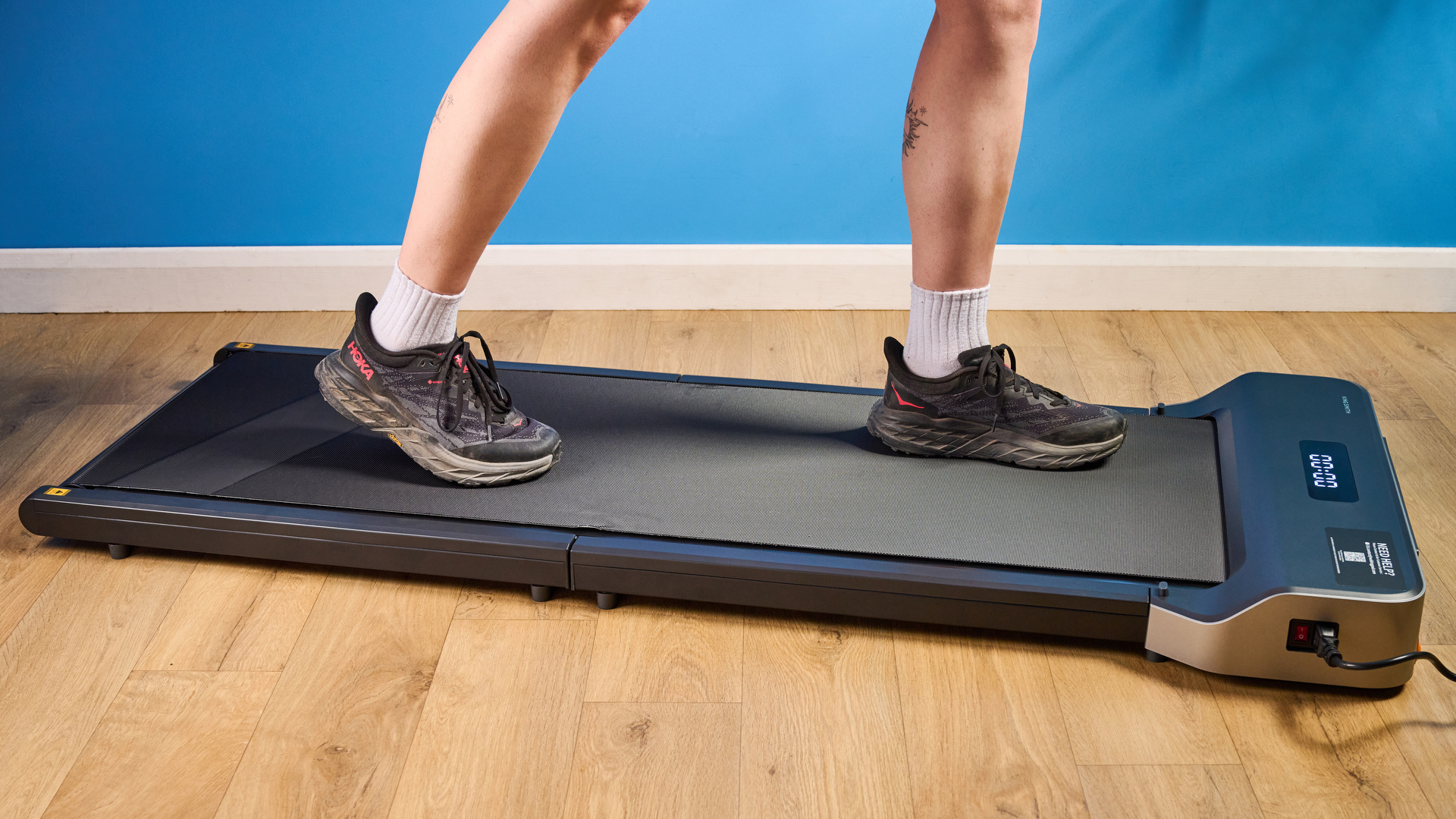
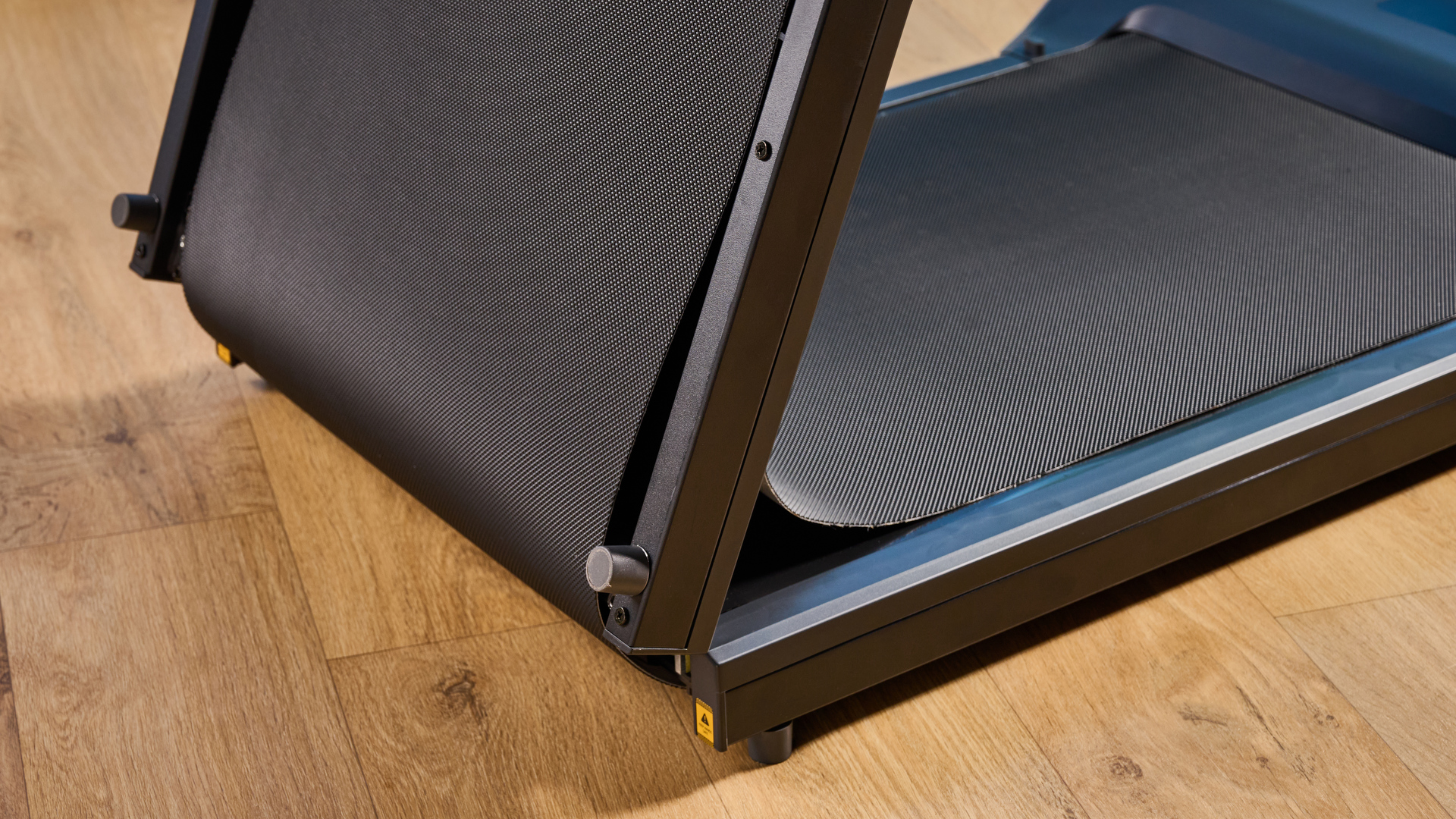

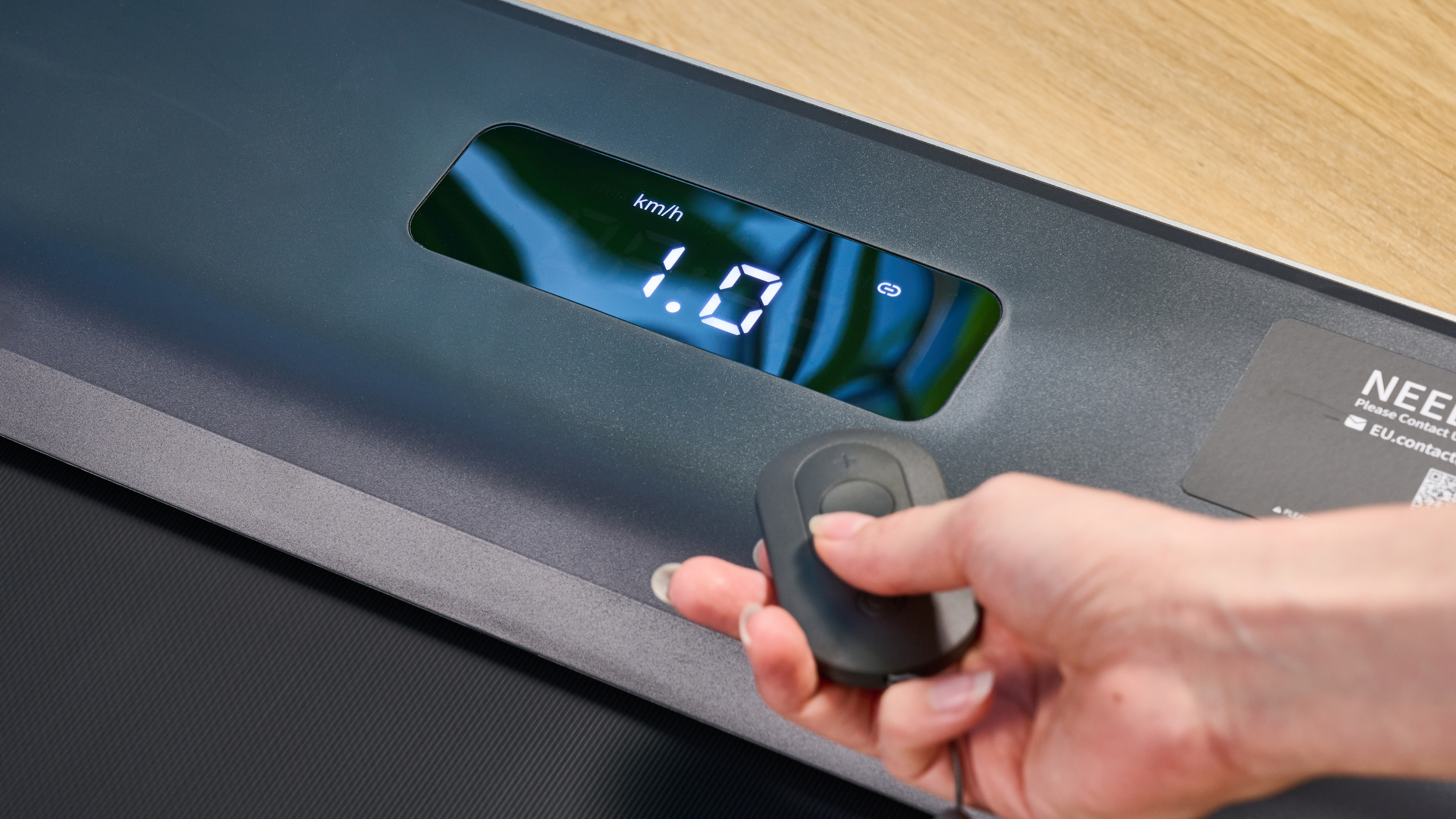
3. WalkingPad Z1
Our expert review:
Specifications
Reasons to buy
Reasons to avoid
Ok, I hear what you're saying — why have you included a treadmill I can't run on? But walking treadmills are all the rage right now, and if you don't plan on running on your treadmill, they're a good space-saving option. I've tested tons of the best under-desk treadmills, and the WalkingPad Z1 is one of the best.
It's pretty affordable, and like other WalkingPad models, it can fold in half for easy storage when you're not using it. It also comes with a remote control that has a wrist strap to allow you to change the speed of the treadmill as you walk and work, plus, unlike other cheaper walking treadmills, this one does have a screen that'll cycle through key metrics as you walk.
Like all of the walking treadmills I've tested, there are some limitations. The WalkingPad app is just annoying — it's glitchy, and it doesn't tell you an awful lot. That said, you probably won't be uploading these walks to Strava. It's also got a pretty short power cord, so you'll need to make sure it's near a plug socket.
It's also not that light, so it's not designed to be dragged from room to room. It's also not the quietest — our tester Ashley Thieme, who tests health and fitness equipment for Tom's Guide, said, "it made the same amount of noise as the treadmills I’ve used at the gym. It gave an average reading of 57.3dB, while the product description said below 45dB."
There are a huge number of benefits to adding steps to your day, whatever you're training for. Walking can help you lose or maintain weight, build muscle, and protect your joints from injury. If you spend a lot of time sitting down, a walking treadmill is an easy way to add steps to your day. To truly walk while you work, you'll probably want to pair this treadmill with one of the best standing desks.
- Read our full WalkingPad Z1 review
Also tested
As I’ve mentioned, as a team, we’ve run on hundreds of treadmills. Here are some other options worth considering that didn’t make my top three:

This entry-level Echelon machine doesn't have a display, so you'll need a phone or tablet instead, but it runs up to 12.4mph and can be folded for easy storage between sessions.
Read our Echelon Stride review
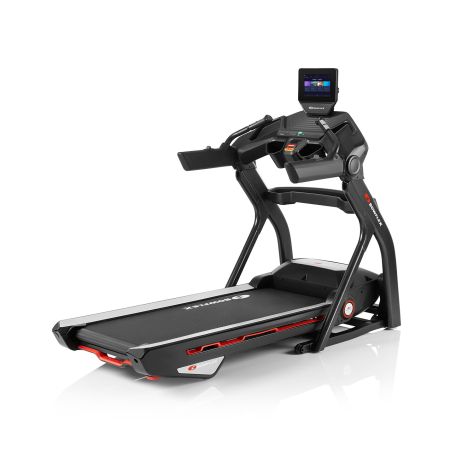
This gym-standard treadmill will cover the needs of runners of all levels, and while it's a large machine the belt does fold up towards the console to save a little space between uses.
Read our BowFlex 10 review

The Wahoo KICKR RUN is a fantastic treadmill, that comes at a price. Our resident marathon runner Nick said the treadmill had "novel features create a realistic running experience where you can speed up and slow down without using any buttons or paddles."
Read our Wahoo KICKR RUN review
How I tested the best treadmills
Along with the Tom’s Guide fitness team, we’ve run hundreds of miles on the treadmills for testing. As runners, we know what we’re looking for.
If you’re going to spend thousands of dollars on a piece of equipment, you want to be sure it’s right for you, so we got the verdict of runners of different heights and paces before giving them the seal of approval.
I’m a 3:38 marathon runner, and am 5 feet 2, with a pretty short stride. On the other hand, Tom’s Guide’s fitness writer Nick Harris-Fry is a 2:25 marathon runner who is 6 foot 1, so was able to ensure the treadmills on test could keep up with him (as nobody else on the team can).
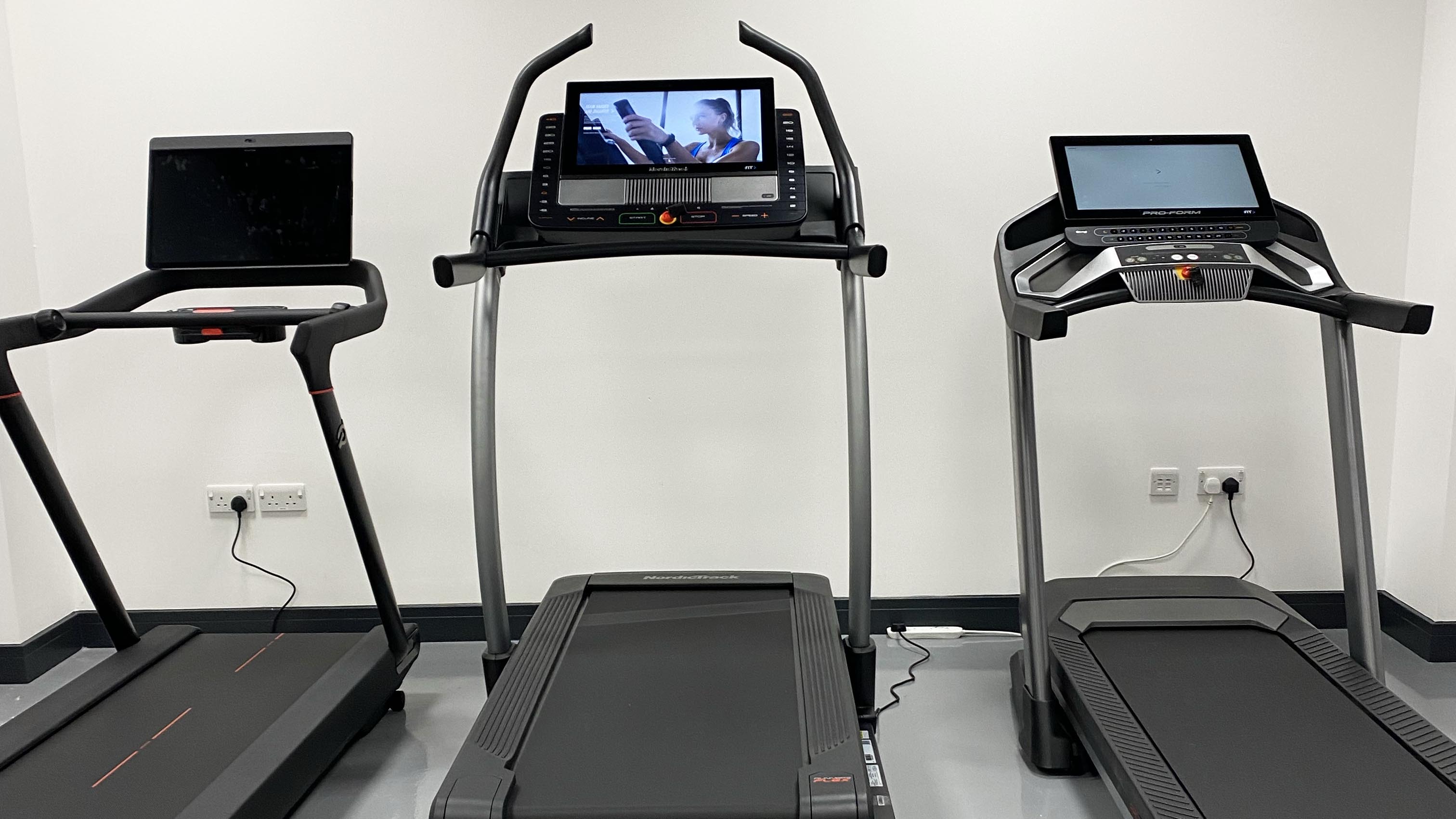
We often spend our lunch breaks staring at the blank, windowless wall in our test center, as we clock up miles on the treadmills. While we’re wondering what the weather is like outside, we’re looking at how comfortable the treadmill is to run on, how loud the belt is, how much space we have, and how easy it is to adjust the controls on the treadmill. We also look for little extras, like how easy it is to connect the best running headphones and the best running watches to the treadmill.
Installation is never fun, but hopefully you’ll only have to do it once. What’s more important is the overall customer service you receive from the brands, as well as things like the connected apps, and how easy they are to use.
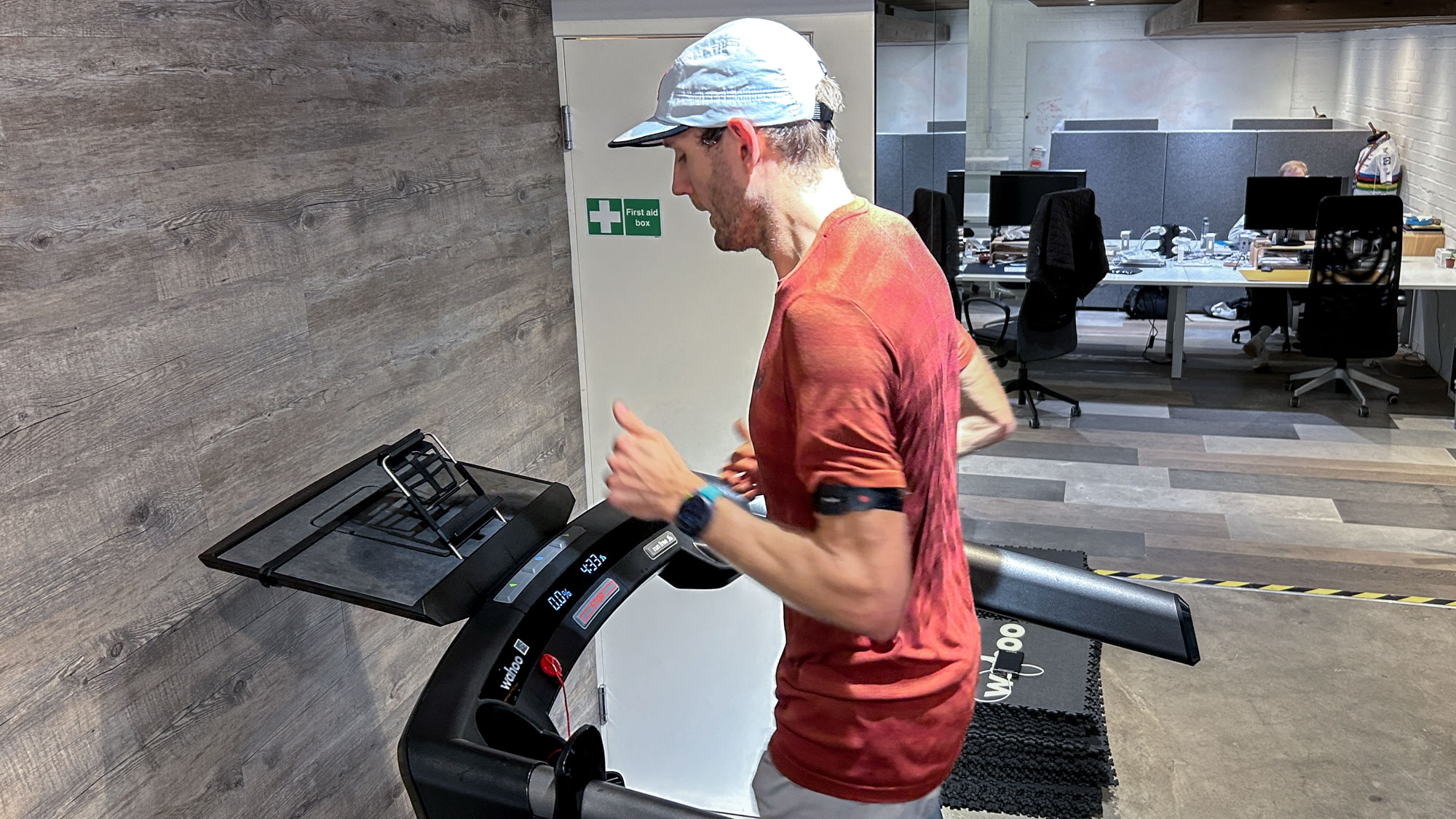
For each treadmill, we’ll do a number of different sessions on it — from easy, slow miles (especially tedious when staring at that blank wall I mentioned), to faster sessions to see how the treadmill copes. For the Peloton Tread, I took endless classes to get an overall feel for the different options on offer. For the WalkingPad treadmills, I looked at how easy they were to fold and drag around from room to room, especially on carpet.
Where we can, we also install the treadmills in our homes to see how much space they realistically take up. And when all the miles are complete, and we’re desperate for some fresh air, we swap notes (sometimes on a run), and come up with our verdict.
Meet our treadmill testing team

Jane McGuire is Tom's Guide's Senior Fitness editor, which means she looks after everything fitness related — from running gear and fitness trackers to yoga mats and sports bras. An avid runner, Jane has tested and reviewed fitness products for the past decade, so knows what to look for when testing.
Jane has run five marathons — the London Marathon four times, and the Berlin Marathon once, and is still on a quest to tick off all of the marathon majors. In the meantime, she’ll be telling anyone who cares about how her love for the Nike ZoomX Invincibles — her all-time favourite running shoe, or her ‘joy plan’, where she runs for happiness, not for PR’s. (That said, her marathon PR is 3 hours 38 minutes, a time she's pretty proud of).
Previous to Tom’s Guide, Jane worked for Runner’s World, where she co-hosted the Runner’s World podcast. She also presents on the YouTube channel Run Testers, alongside Nick. Her work has also appeared in Coach, Get Sweat Go, and Women’s Health.

Nick has been a journalist since 2012 and has spent most of that time writing about health and fitness for a variety of publications. Nick spent nine years working on the Coach magazine and website before moving to the fitness team at Tom’s Guide in 2024.
Nick runs 50-80 miles a week and races regularly with his club, which gives him a lot of opportunity to test out running gear: he has tested and reviewed hundreds of pairs of running shoes, as well as fitness trackers, running watches, sports headphones, treadmills, and all manner of other kit. Nick is also a qualified Run Leader in the UK.
Nick ran his first marathon in 2016 after six weeks of training for a magazine feature and subsequently became obsessed with the sport. He now has PBs of 2hr 25min for the marathon and 15min 30sec for 5K, and has run 13 marathons in total, as well as a 50-mile ultramarathon.

Ashley is a staff writer on the the Reviews team at Tom’s Guide. She has a master’s degree in Magazine Journalism from Cardiff University and a BA in Journalism, Media and Sociology. She has written for titles including Women’s Health UK, writing health and wellness stories.
More from Tom's Guide
Buying guides
Get instant access to breaking news, the hottest reviews, great deals and helpful tips.

Jane McGuire is Tom's Guide's Fitness editor, which means she looks after everything fitness related - from running gear to yoga mats. An avid runner, Jane has tested and reviewed fitness products for the past five years, so knows what to look for when finding a good running watch or a pair of shorts with pockets big enough for your smartphone. When she's not pounding the pavements, you'll find Jane striding round the Surrey Hills, taking far too many photos of her puppy.
